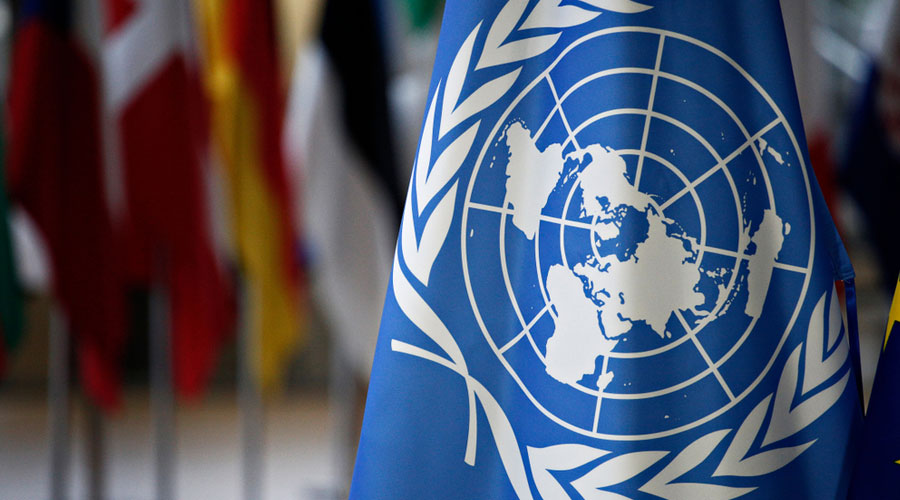For the first time, United Nations members have agreed on a unified treaty to protect biodiversity in the high seas — nearly half the planet’s surface — concluding two weeks of talks in New York.
The UN Convention on the Law of the Sea came into force in 1994, before marine biodiversity was a well-established concept.
An updated framework to protect marine life in the regions outside national boundary waters, known as the high seas, had been in discussions for more than 20 years, but previous efforts to reach an agreement had repeatedly stalled.
The unified agreement treaty was reached late on Saturday.
“We only really have two major global commons — the atmosphere and the oceans,” said Georgetown marine biologist Rebecca Helm.
While the oceans may draw less attention, “protecting this half of earth’s surface is absolutely critical to the health ofour planet”.
Nichola Clark, an oceans expert at the Pew Charitable Trusts who observed the talks in New York, said: “This is a once-in-a-generation opportunity to protect the oceans — a major win for biodiversity”.
The treaty will create a new body to manage the conservation of ocean life and establish marine protected areas in the high seas. Clark said that’s critical to achieve the UN Biodiversity Conference’s recent pledge to protect 30 per cent of the planet’s waters, as well as its land, for conservation.
The treaty also establishes ground rules for conducting environmental impact assessments for commercial activities in the oceans. “It means all activities planned for the high seas need to be looked at, though not all will go through a full assessment,” said Jessica Battle, an oceans governance expert at the WorldwideFund for Nature.
Many marine species —including dolphins, whales, sea turtles and many fish —make long annual migrations, crossing national borders and the high seas. Efforts to protect them have previously been hampered by a confusing patchwork of laws. “This treaty will help to knit together the different regional treaties tobe able to address threats and concerns across species’ ranges,” said Battle.










